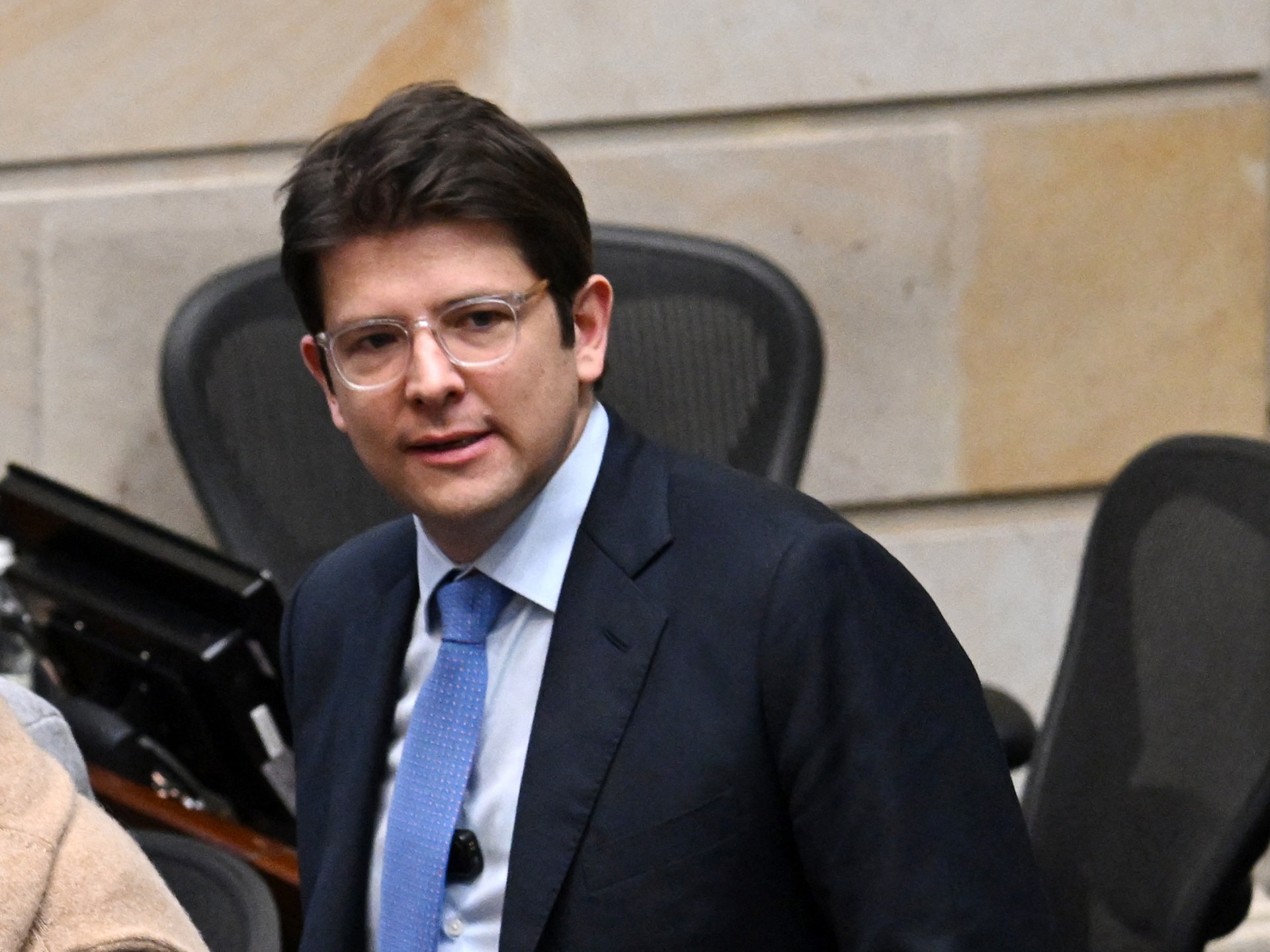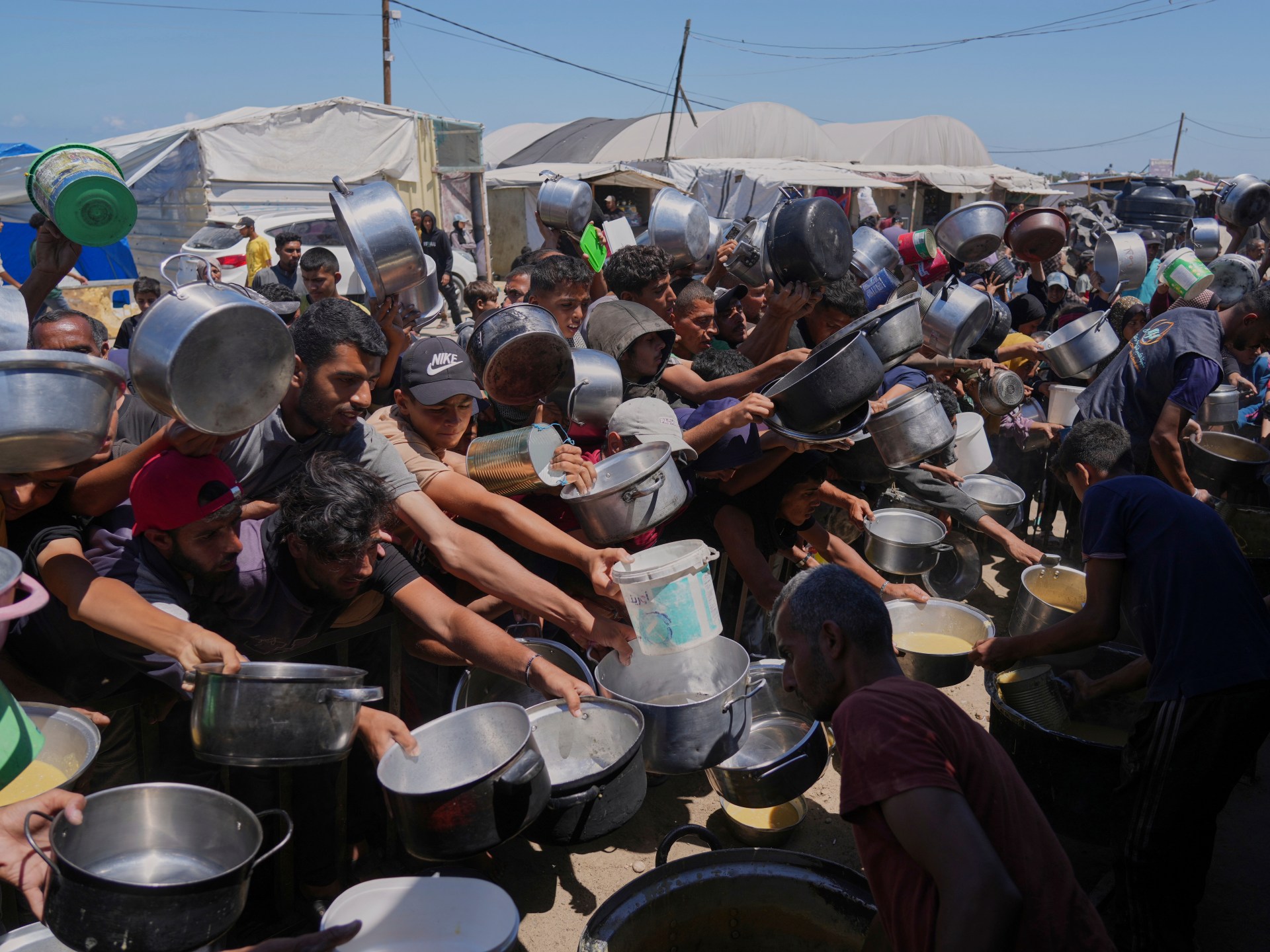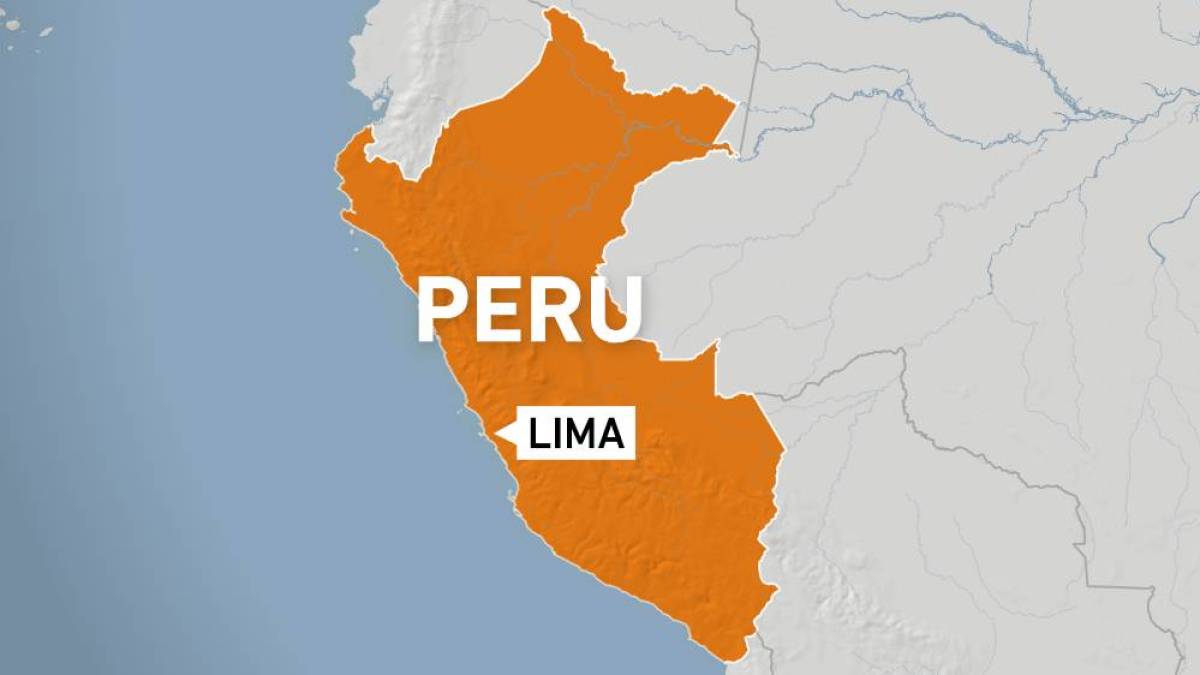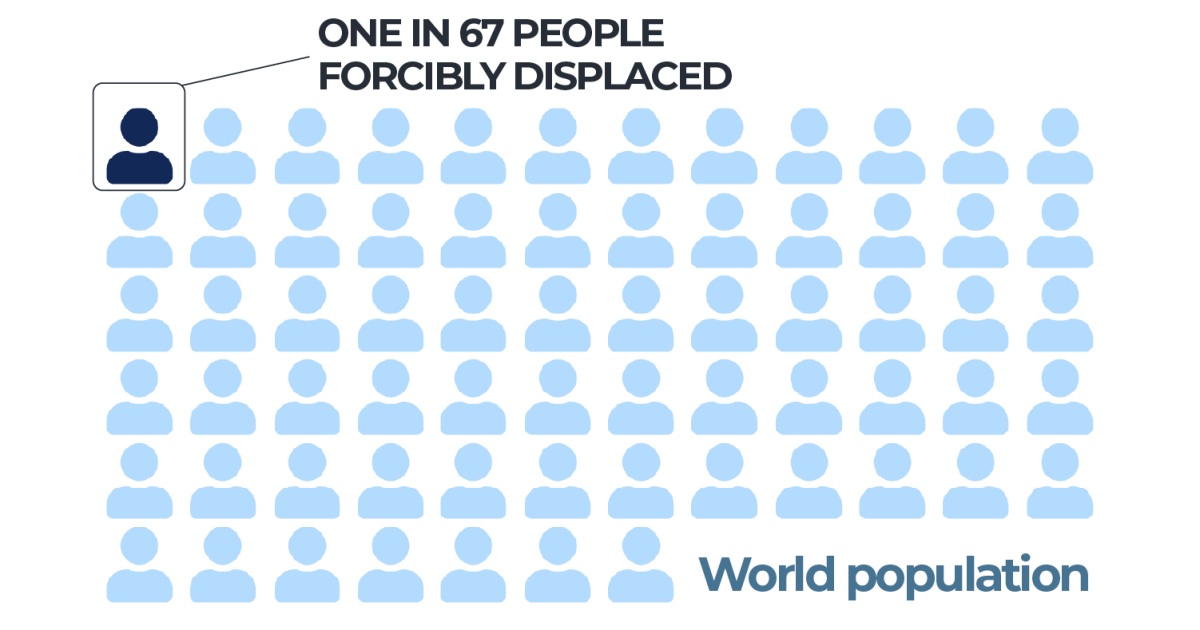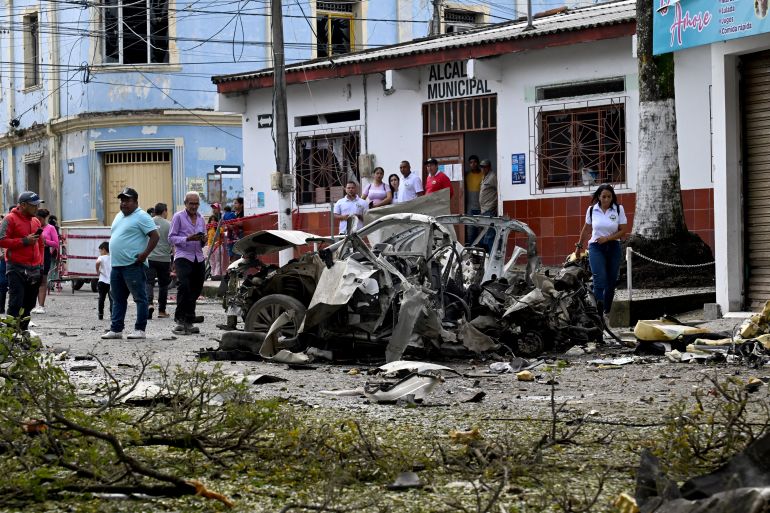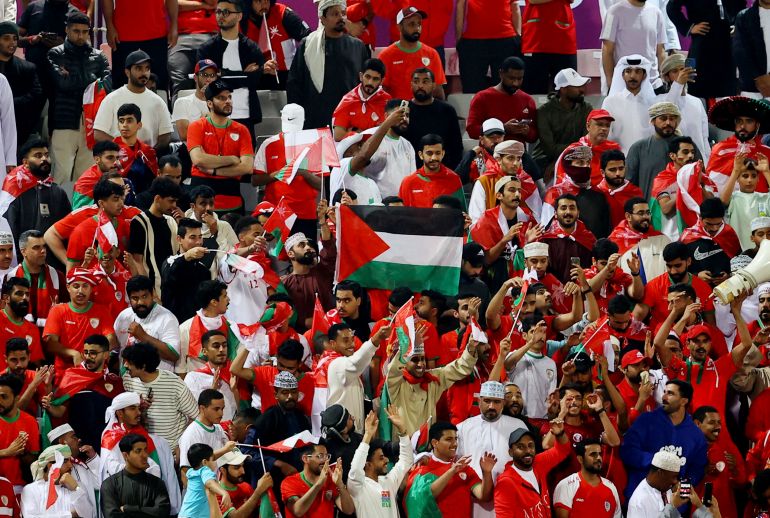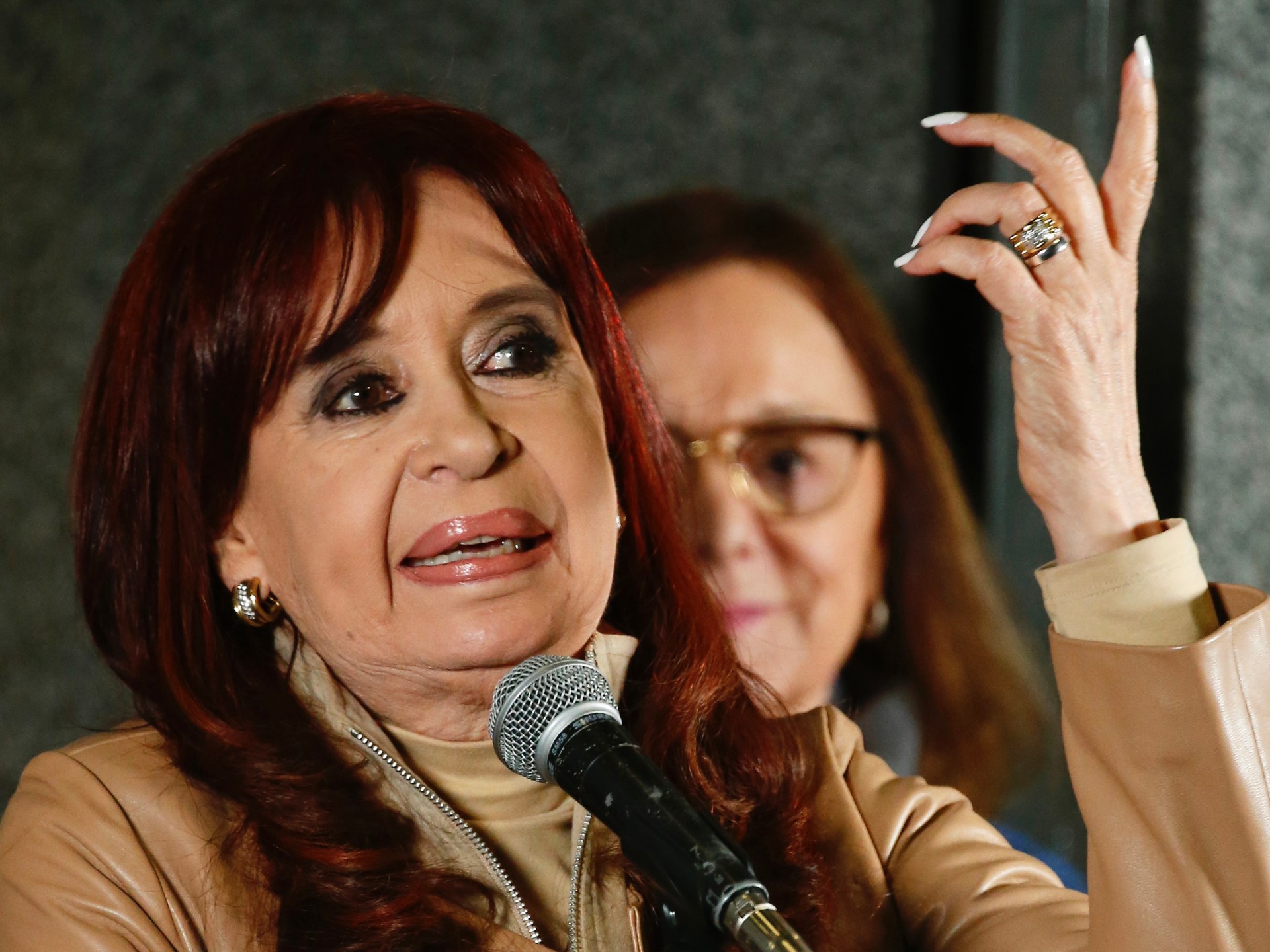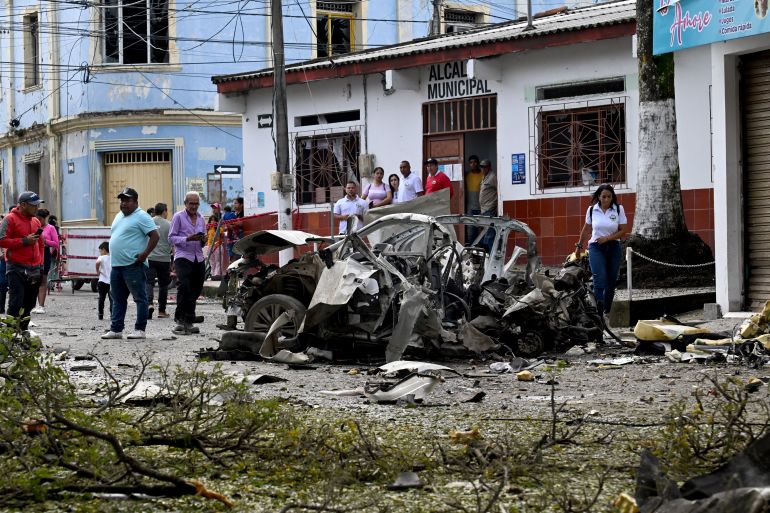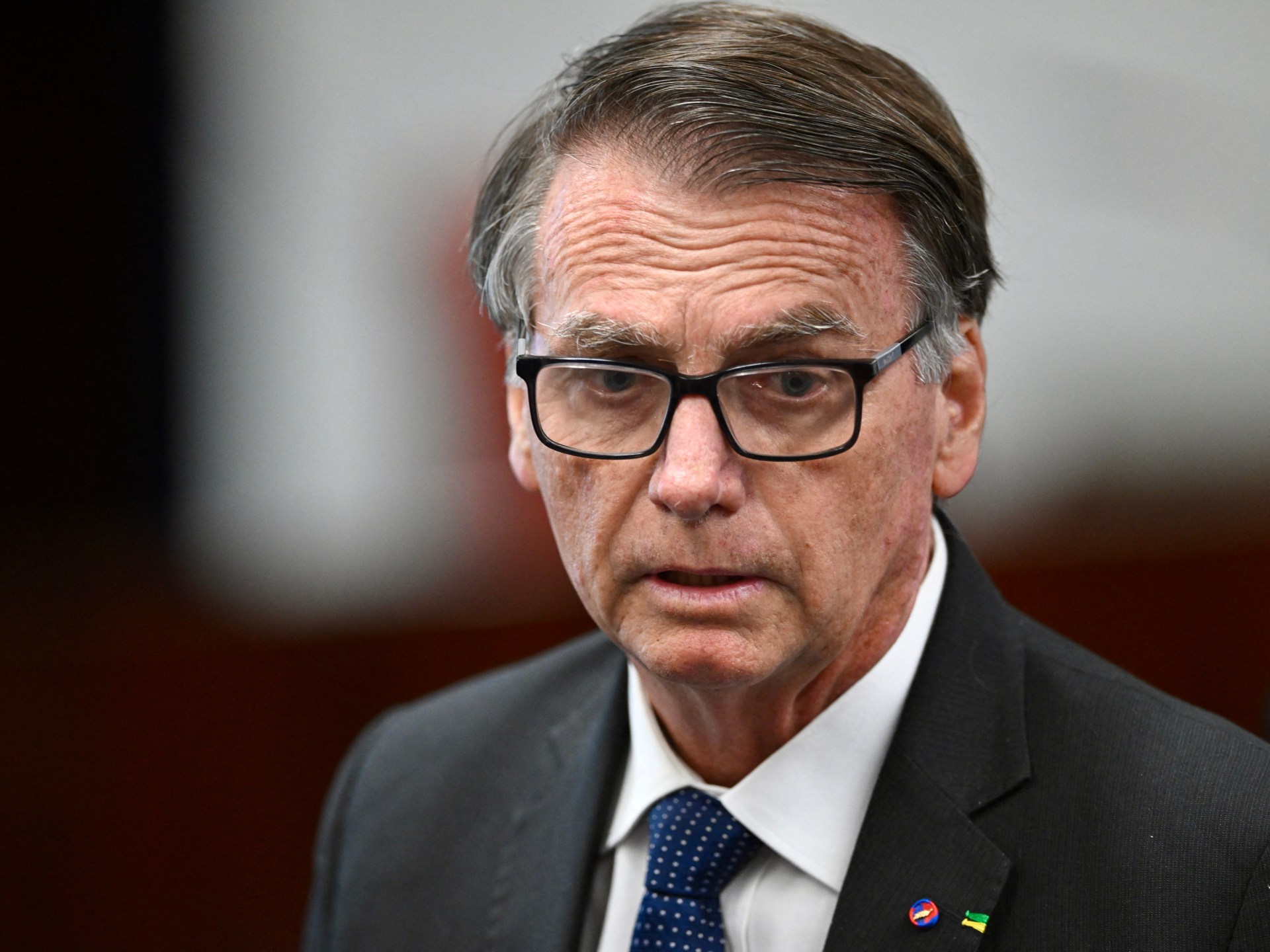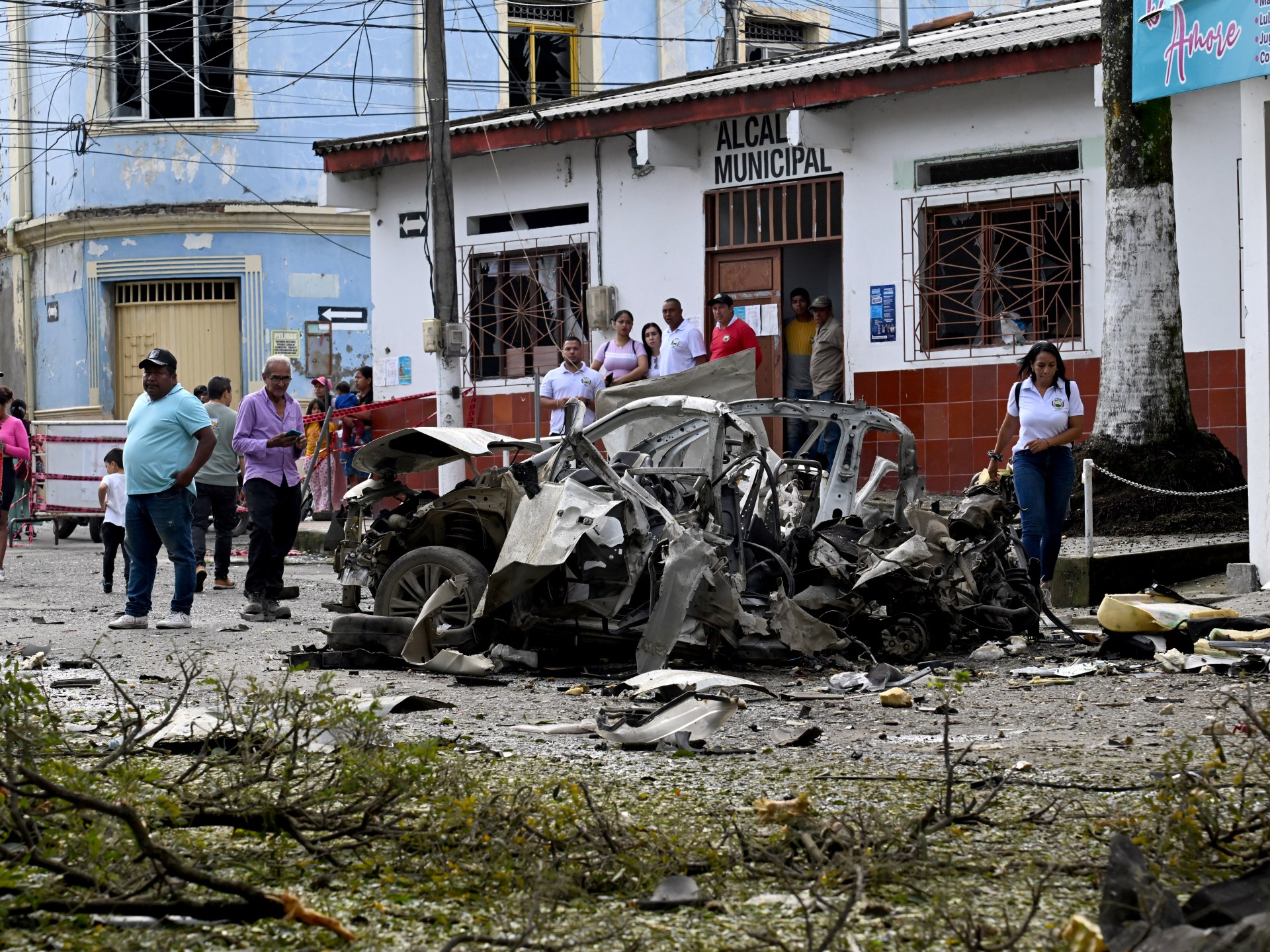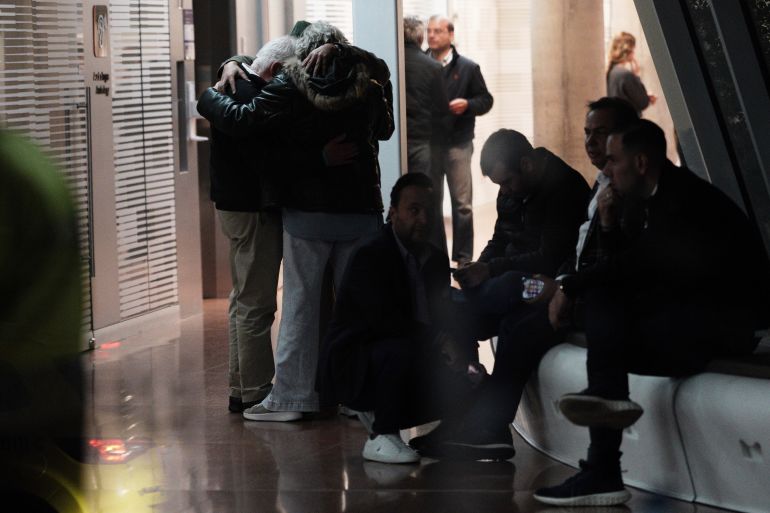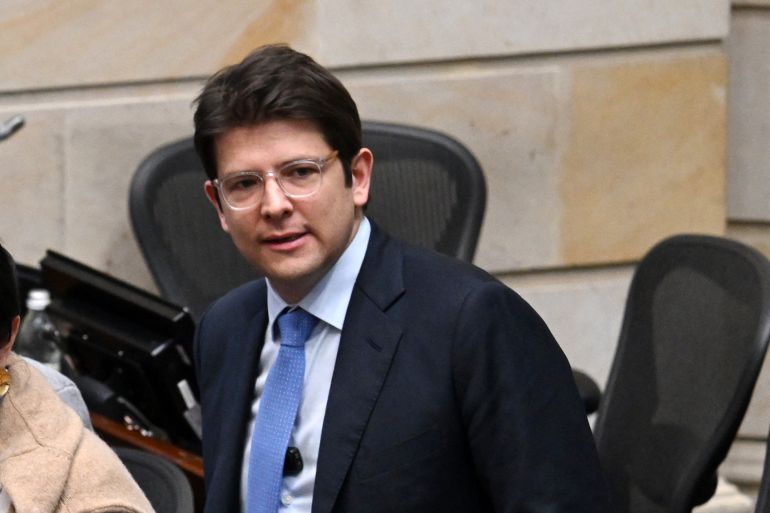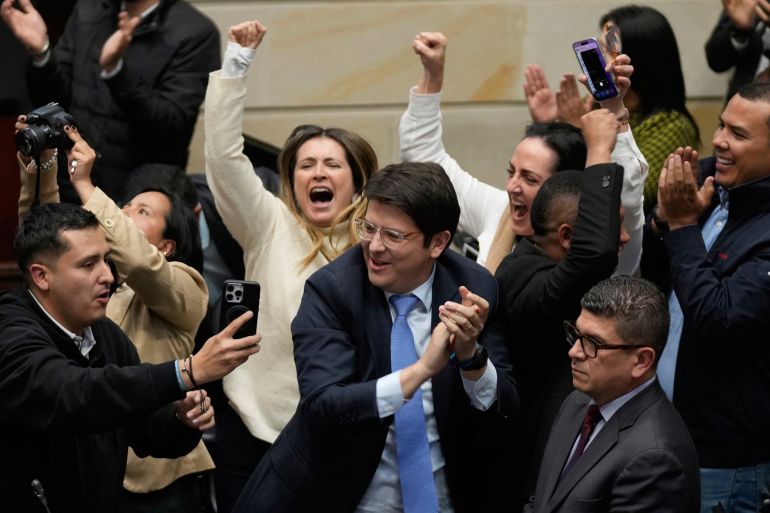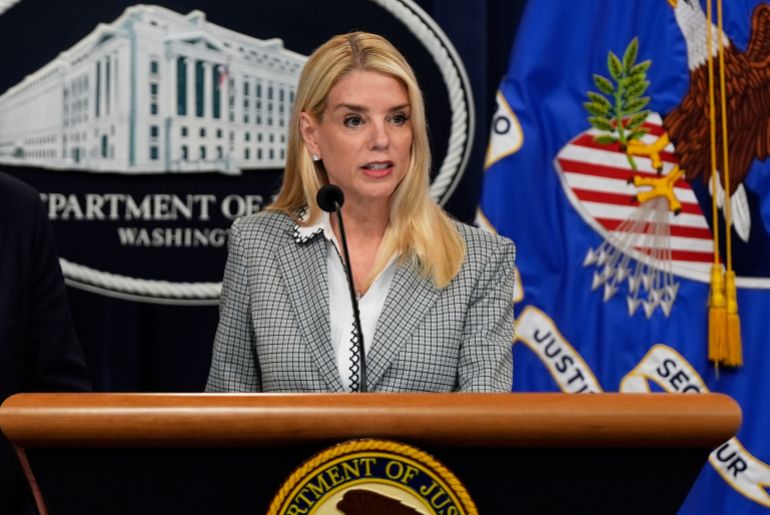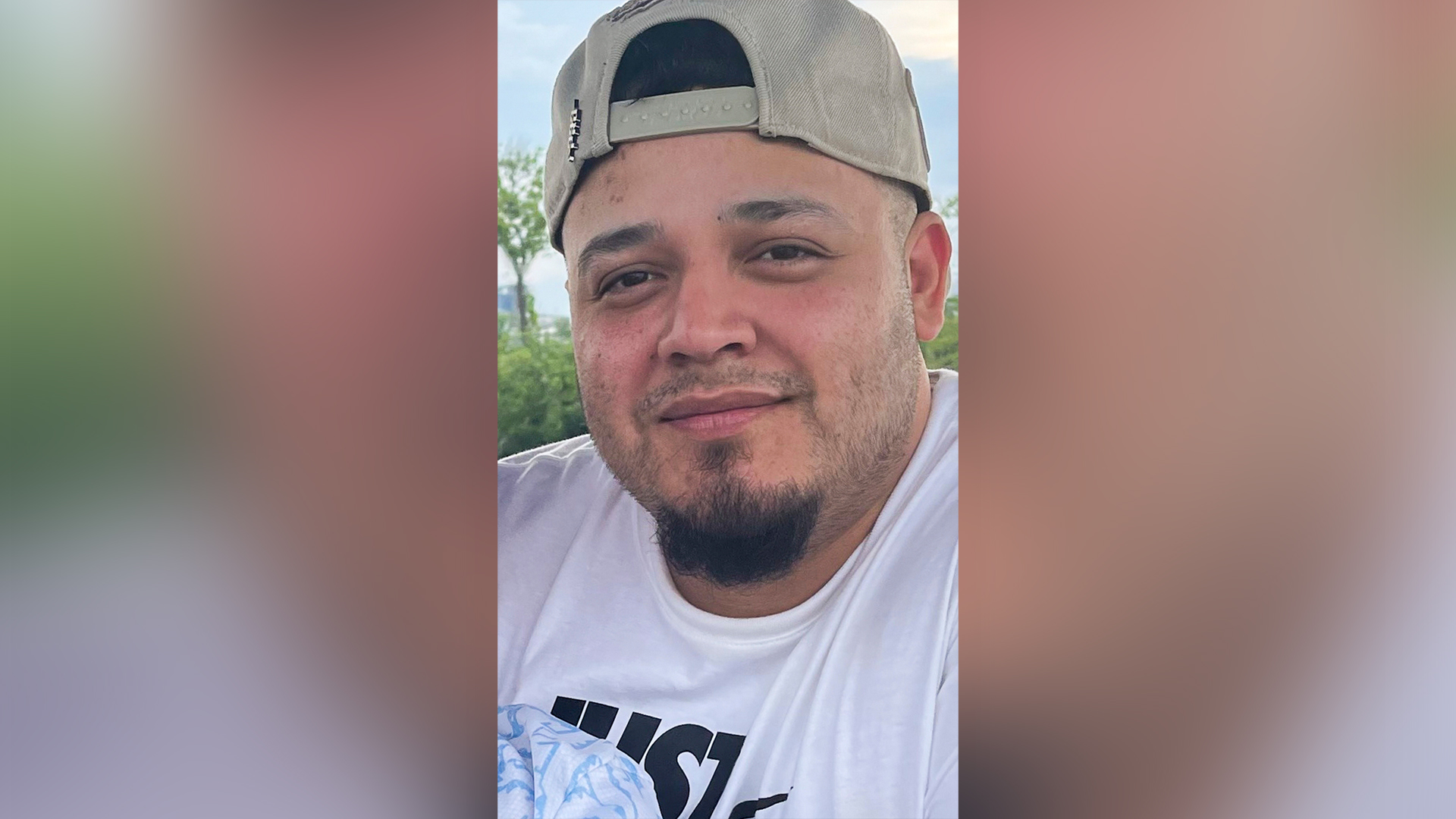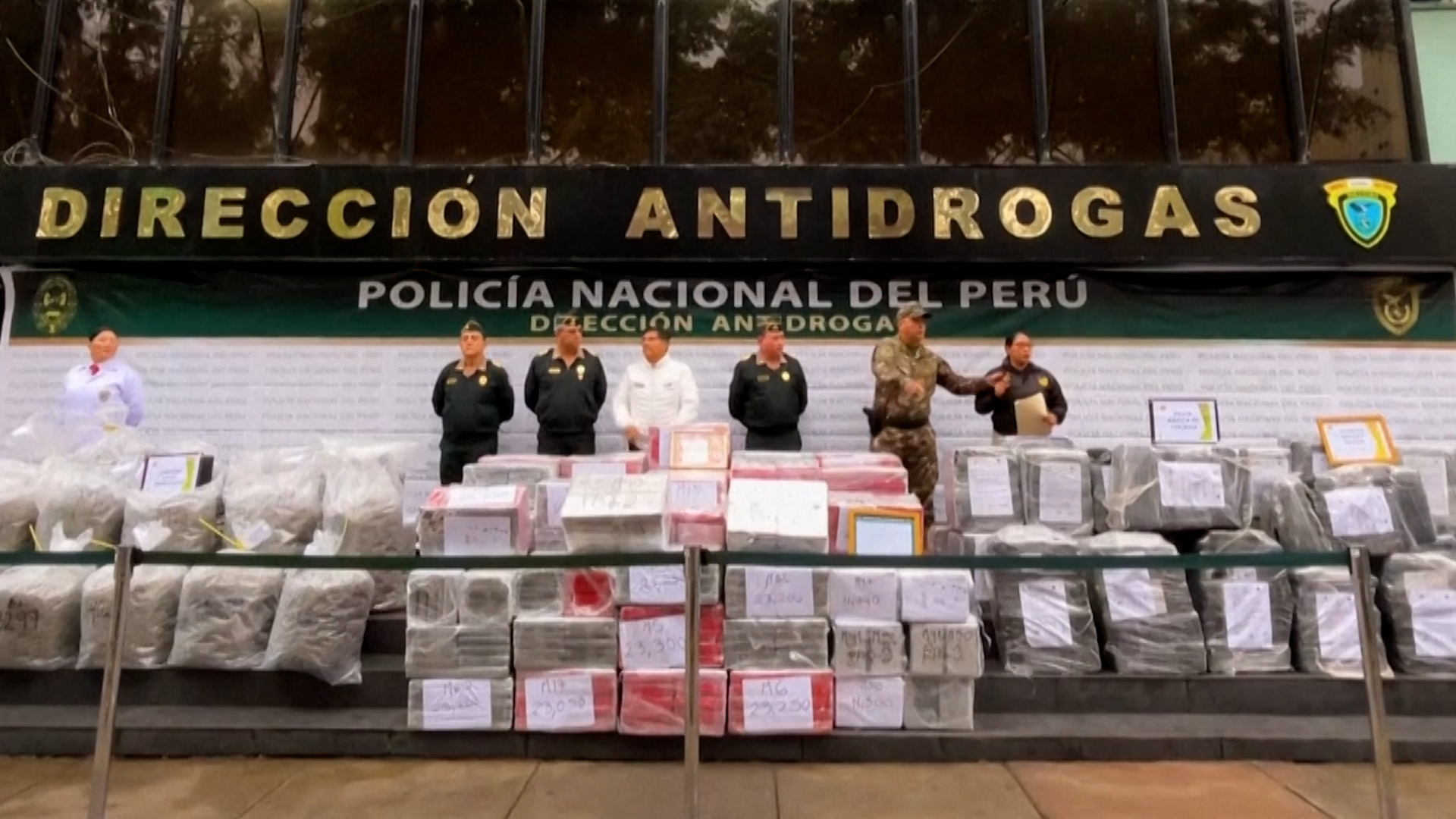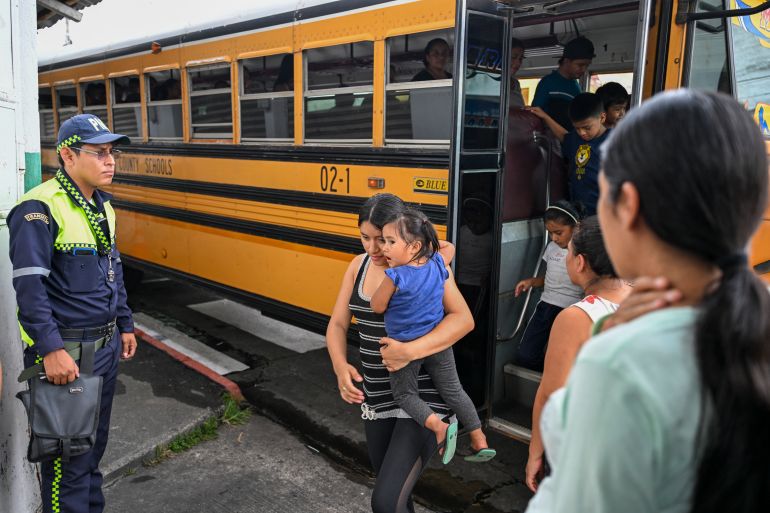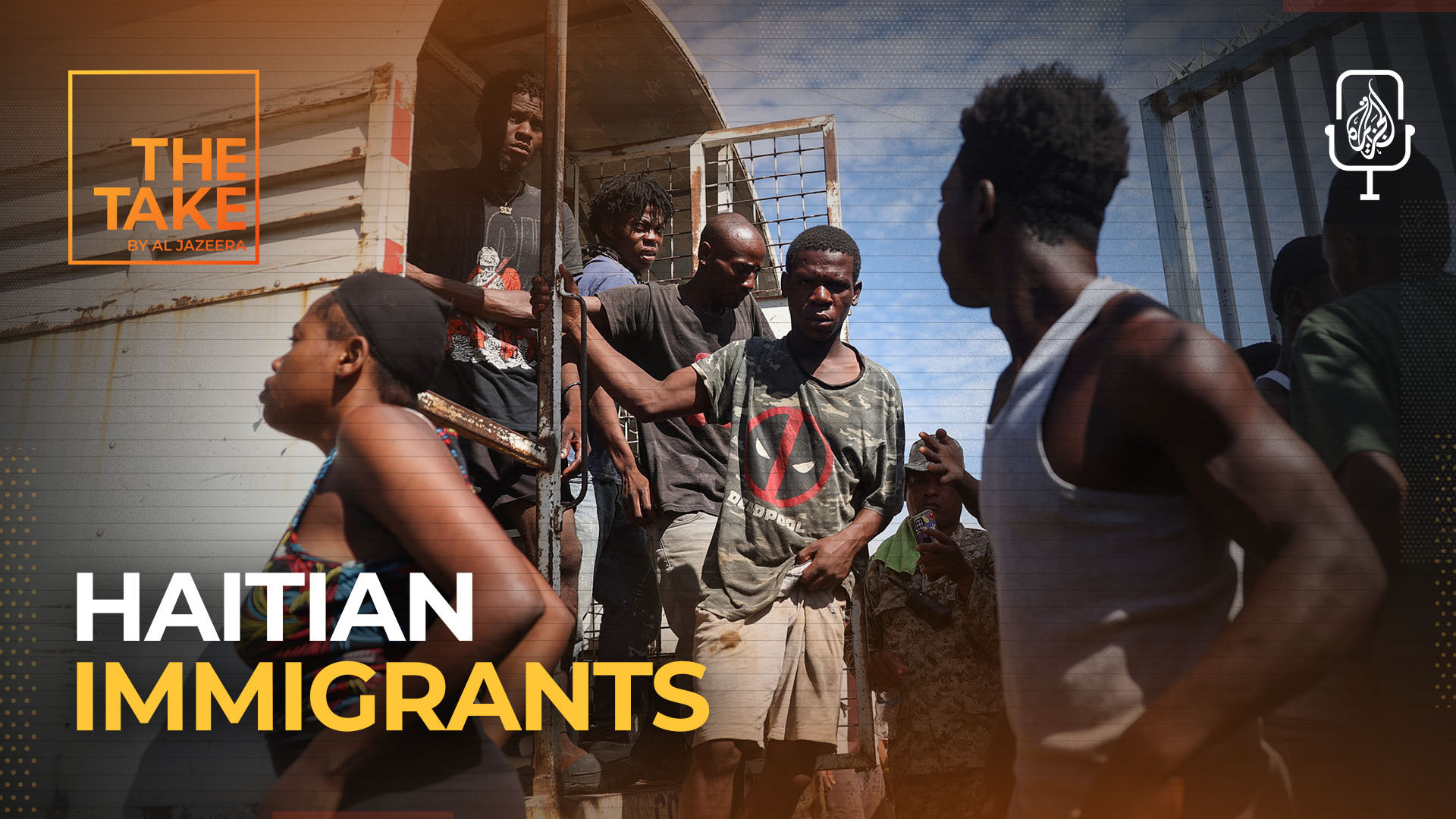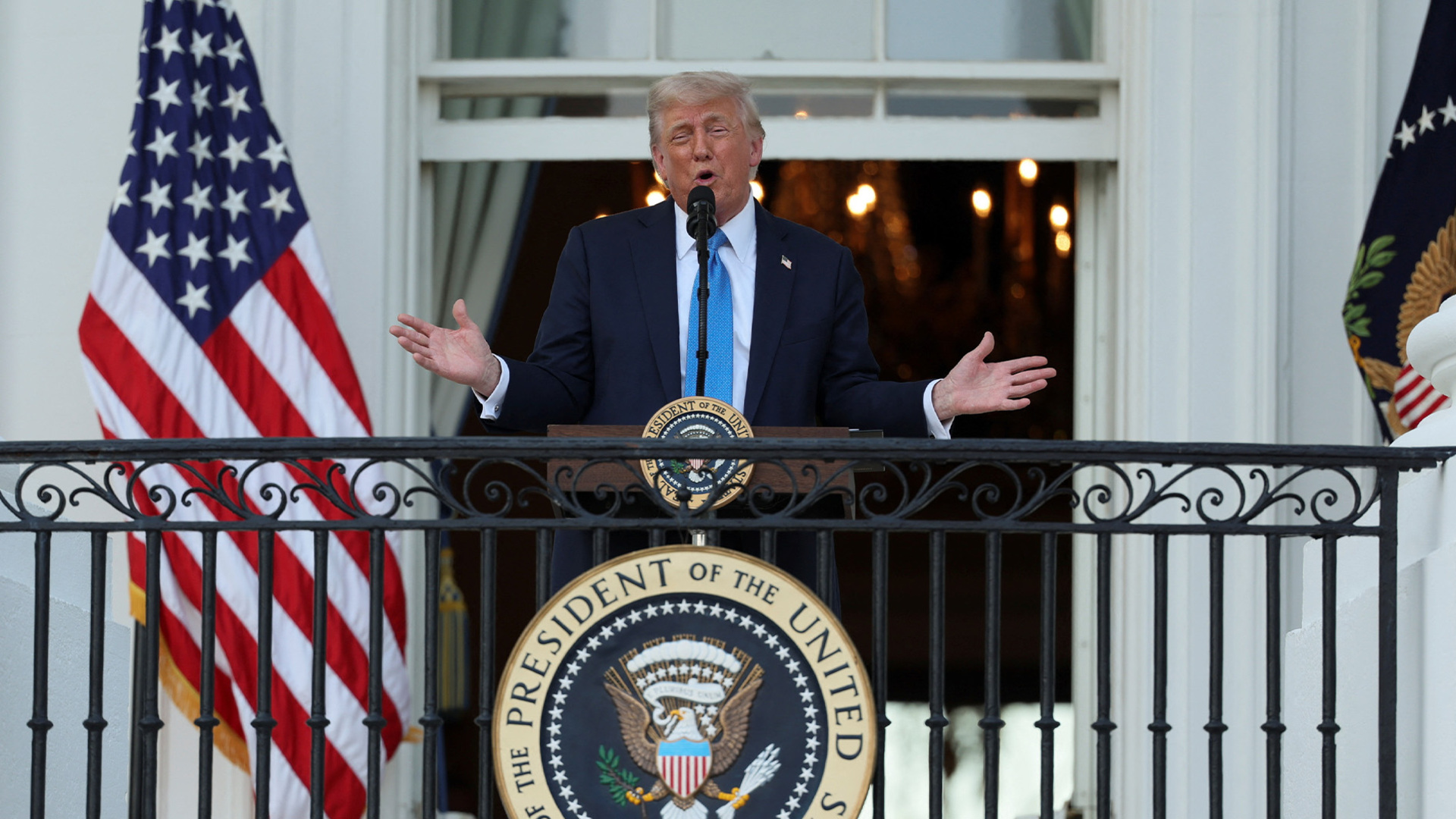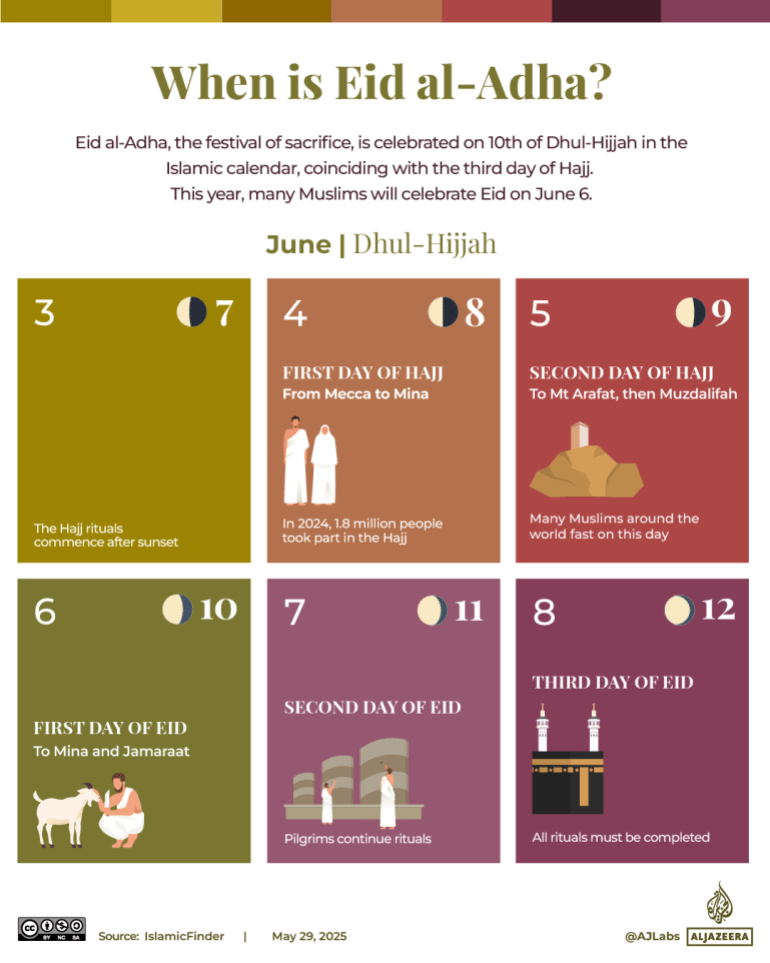Shooting victim Colombia Senator Uribe Turbay critical after brain surgery | Gun Violence News
The assassination attempt on the presidential hopeful has rattled the country, which fears a return to darker days.
Colombian Senator Miguel Uribe Turbay is reported to be in extremely critical condition after undergoing surgery to tend to a brain bleed, just more than a week after being shot in the head during a campaign event.
The attack was part of an eruption of violence that has stoked fears of a return to the darker days of assassinations and bombings.
The Santa Fe Foundation hospital on Monday said that Uribe was stable after undergoing a “complementary” operation to his original surgery, but remained in serious critical condition.
It added that an urgent neurological procedure had been necessary because of clinical evidence and imaging showing an acute inter-cerebral bleed, but that the brain swelling persisted and bleeding remained difficult to control.
The 39-year-old potential presidential candidate from the right-wing opposition was shot in the head twice on June 7 during a rally in Bogota.
The assassination attempt, which was caught on video, recalled a streak of candidate assassinations in the 1980s and 1990s, a time when fighting between armed rebels, paramilitary groups, drug traffickers and state security forces touched the lives of many Colombians.
Three suspects, including a 15-year-old alleged shooter, are in custody. An adult man and woman are also being held.
The 15-year-old boy, who police believe was a “sicario” or hitman working for money, was charged last week with the attempted murder of Uribe, to which he pleaded not guilty. He was also charged with carrying a firearm.
The adult man, Carlos Eduardo Mora, has been charged for alleged involvement in planning the attack, providing the gun and being in the vehicle where the shooter changed his clothes after the attack, according to the attorney general’s office.
Uribe is a senator for the conservative Democratic Centre party and one of several candidates who hope to succeed left-wing President Gustavo Petro in the 2026 presidential vote.
He comes from a prominent political family. His grandfather, Julio Cesar Turbay, was president from 1978 to 1982, and his mother, journalist Diana Turbay, was killed in 1991 in a botched rescue attempt after being kidnapped by an armed group led by drug cartel lord Pablo Escobar.
The main dissident faction of the former Revolutionary Armed Forces of Colombia (FARC) rebel group on Friday denied responsibility for the attack on Uribe, though it did accept responsibility for a series of unrelated bomb attacks.
Southwest Colombia was rocked by a series of explosions and gun attacks last week which has left at least seven people dead. The attacks hit Cali, the country’s third-largest city, and the nearby towns of Corinto, El Bordo and Jamundi, targeting police stations and other municipal buildings with car and motorcycle bombs, rifle fire and a suspected drone.
Colombia’s government has struggled to contain violence in urban and rural areas as several rebel groups try to take over territory abandoned by the FARC after its peace deal with the government.
Peace talks between the FARC-EMC faction and the government broke down last year after a series of attacks on Indigenous communities.
